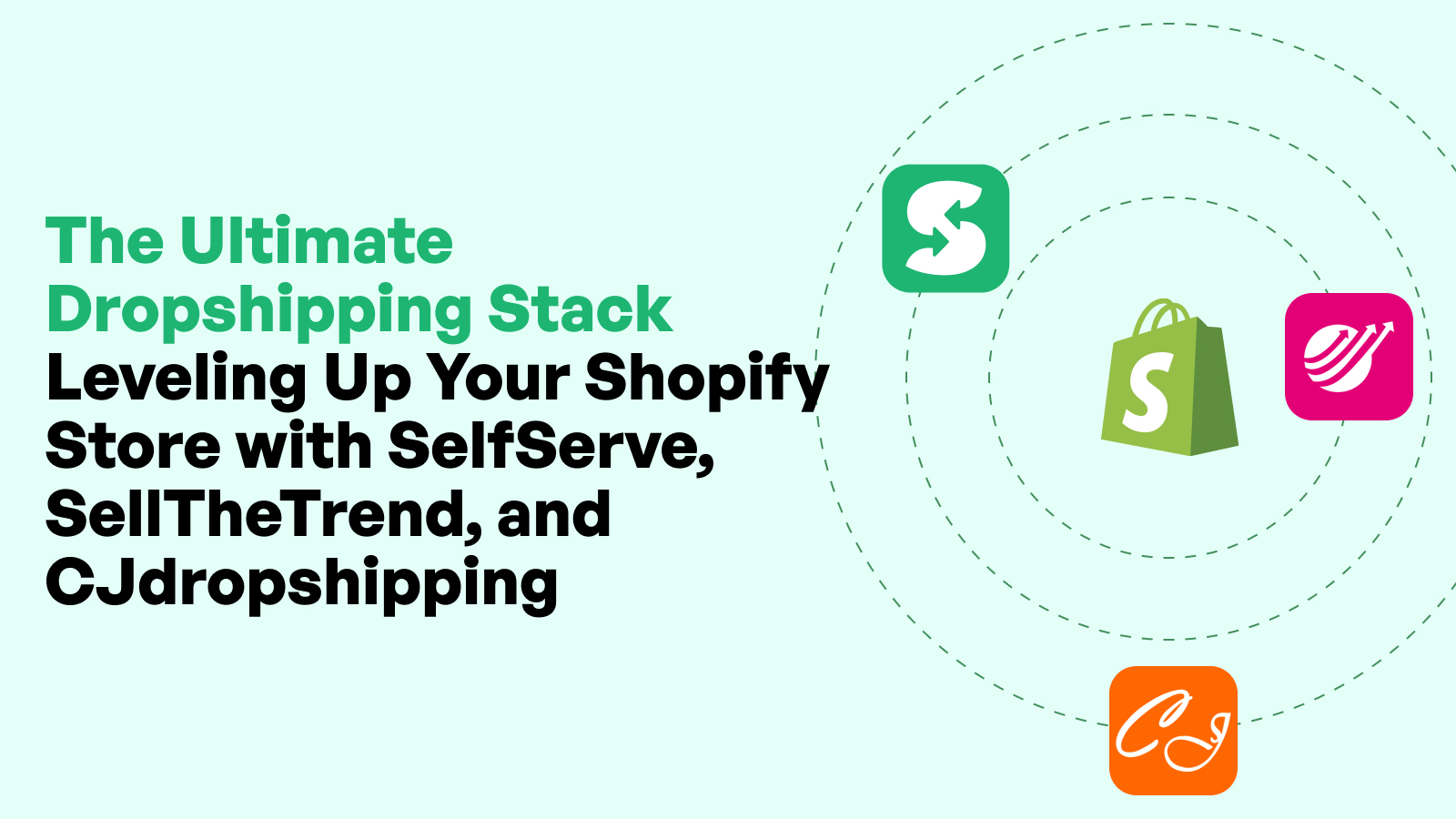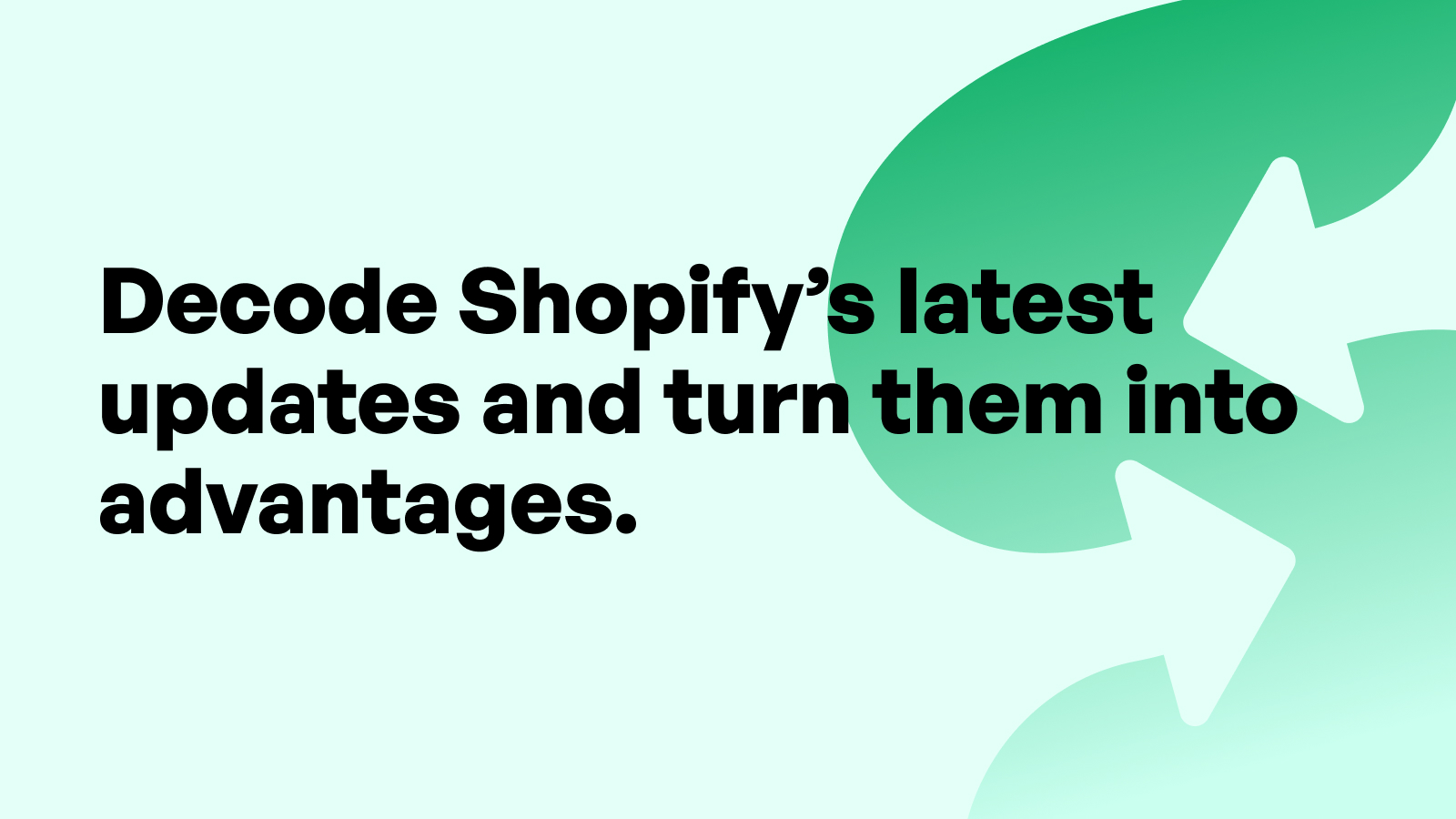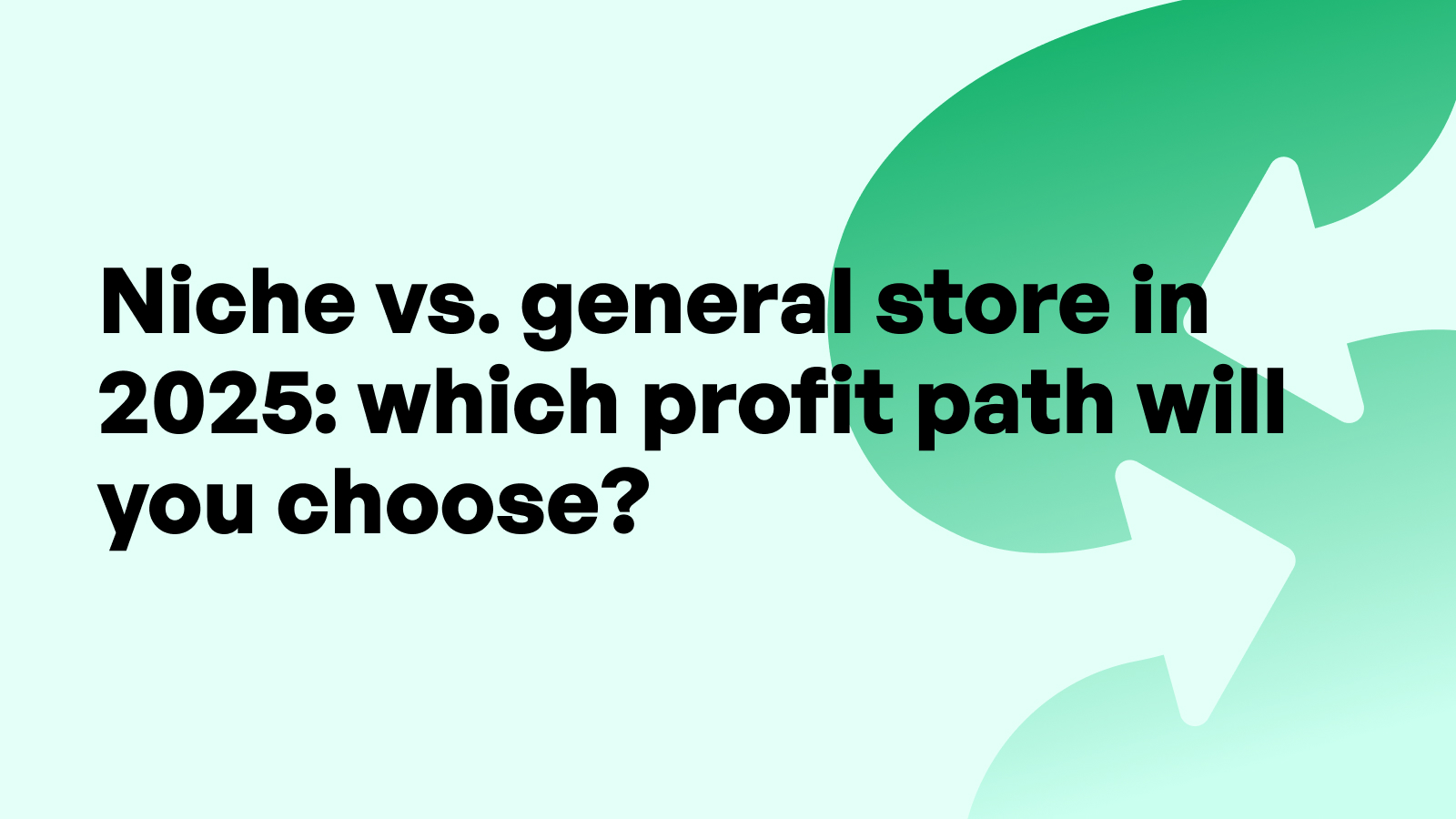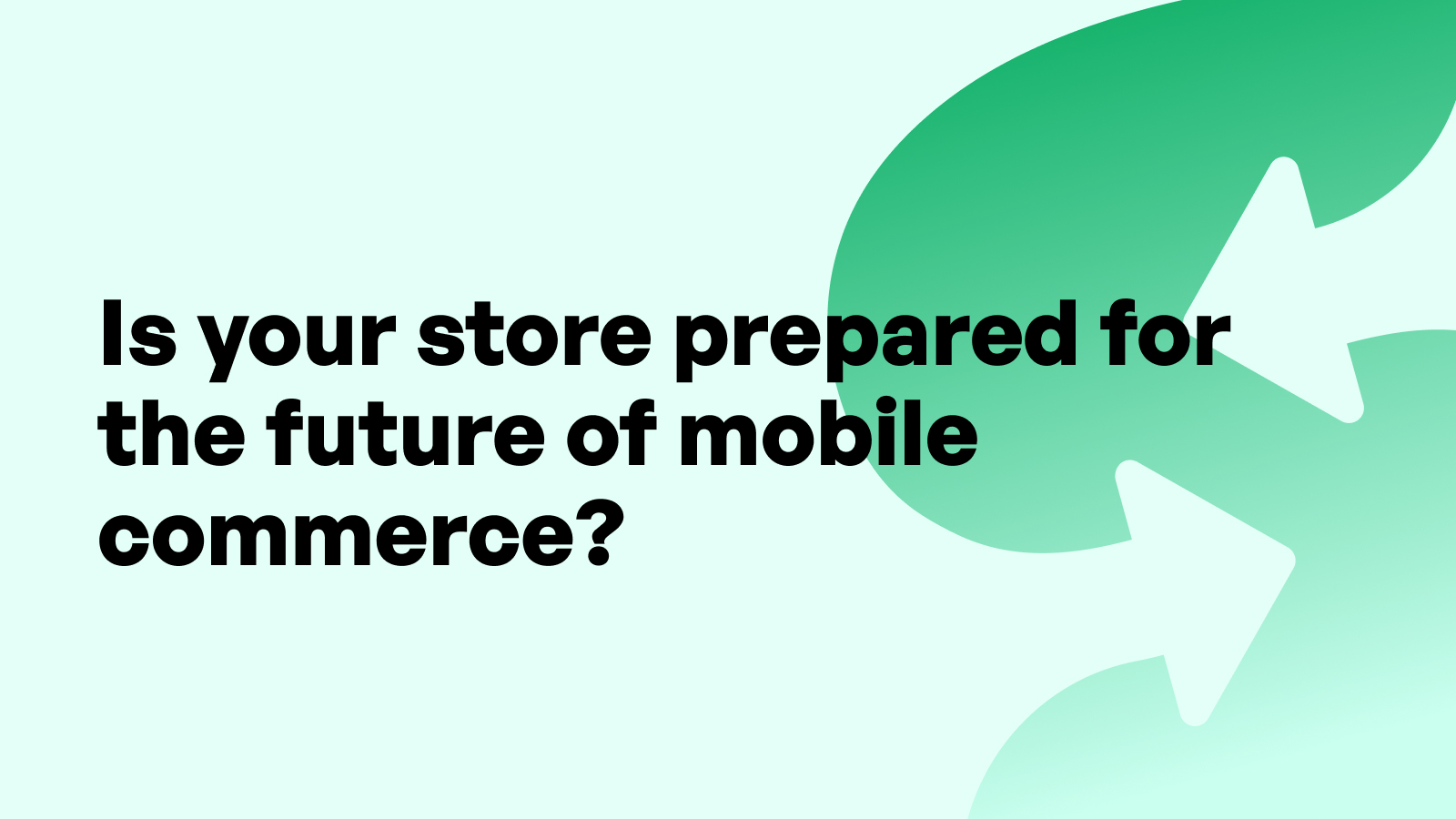How to Build a Loyal Customer Base Without Discounting Too Much
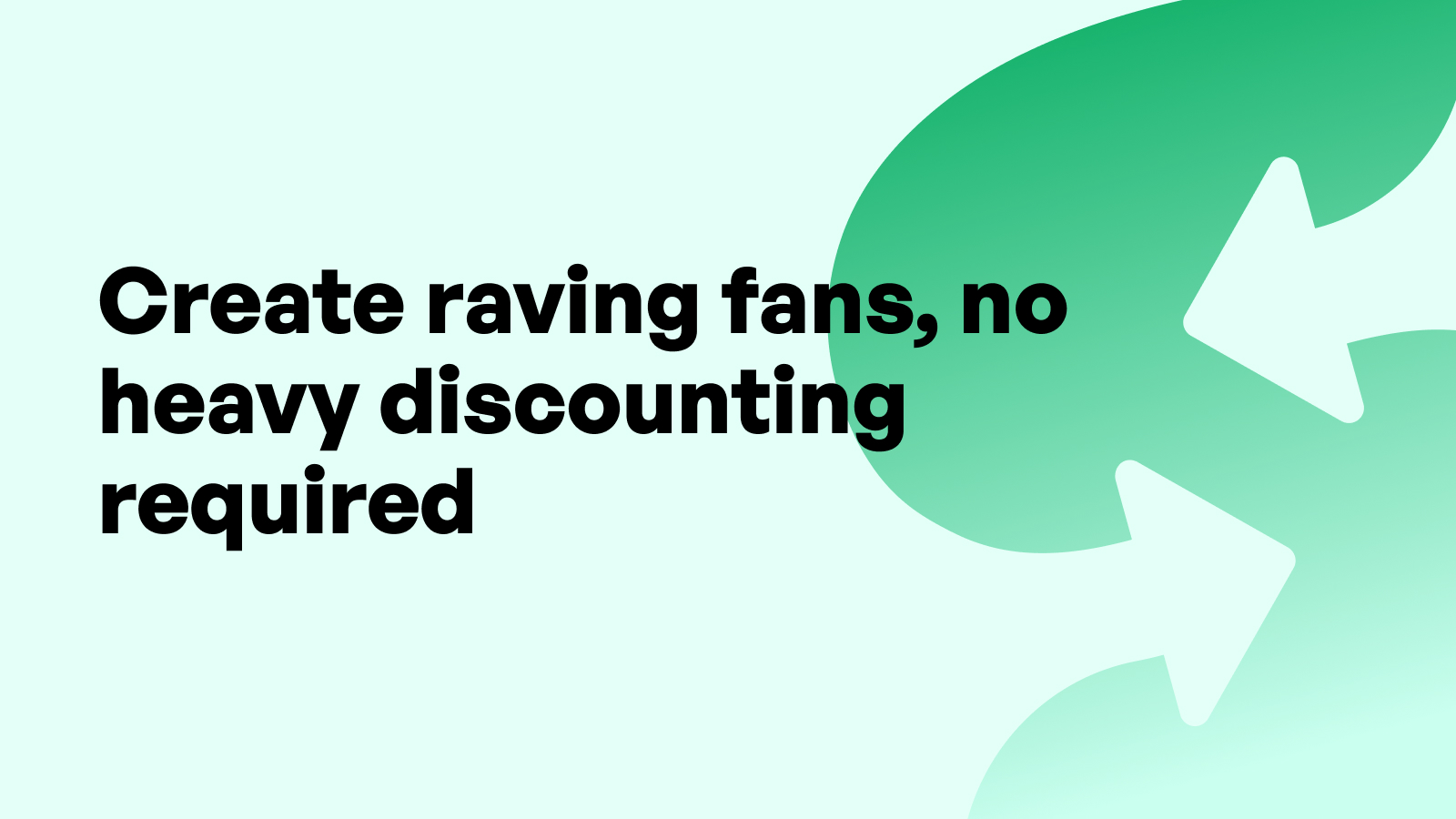
Understanding Customer Loyalty in the Shopify Ecosystem
Defining Customer Loyalty for Shopify Merchants
For Shopify merchants, customer loyalty isn't just about repeat purchases—it’s about creating a relationship that keeps customers coming back out of preference, not price. True loyalty is driven by emotional connection, trust, and the feeling that a brand truly understands its shoppers. While one-time buyers can keep the lights on, loyal customers are the foundation for sustained profitability. They shop more frequently, spend more per order, and are less sensitive to pricing shifts. Shopify merchants who invest in loyalty are investing in their long-term growth.
The Long-Term Value of Retention Over Acquisition
Acquiring new customers is expensive. Studies show it costs five to seven times more to acquire a new customer than to retain an existing one. For Shopify merchants aiming to optimize profitability, focusing on retention is both a cost-saving and revenue-generating strategy. Loyal customers have higher lifetime value (LTV), convert at higher rates, and are more likely to refer others. Rather than chasing new leads through constant discounts, retention strategies ensure that your marketing efforts compound over time, increasing efficiency and profitability.
Why Discount-Heavy Strategies Can Backfire
While discounts may bring a short-term sales spike, they often come with long-term consequences. Excessive discounting can erode your brand’s perceived value, train customers to only purchase on sale, and lead to lower profit margins. For Shopify merchants trying to build a premium or trusted brand, over-reliance on sales undermines those goals. Worse, constant promotions can alienate loyal full-price customers who feel punished for their loyalty. A strong loyalty strategy should add value without devaluing your offering.
Foundations of a Sustainable Loyalty Strategy
Identifying Your Most Valuable Customers (MVCs)
Not all customers contribute equally to your business. Shopify merchants should identify MVCs—the top 20% of customers who often generate 80% of the revenue. Analyzing average order value, purchase frequency, and lifetime spend helps zero in on your most loyal and profitable buyers. Understanding their behavior, preferences, and engagement patterns allows you to tailor strategies that prioritize their experience and deepen their loyalty.
Mapping the Customer Journey for Better Loyalty Touchpoints
Customer loyalty is built at every stage of the journey, from discovery to post-purchase. Mapping out the full lifecycle helps Shopify merchants identify key loyalty-building opportunities, such as personalized onboarding, follow-up messaging, and frictionless reordering. With journey mapping, you’ll uncover gaps where customers may fall off and moments where they can be nudged to engage again. Each of these moments represents a loyalty touchpoint.
Measuring Loyalty: CLV, Repeat Purchase Rate, and More
To know if your loyalty efforts are paying off, Shopify merchants must track the right metrics. Customer Lifetime Value (CLV) is foundational—it quantifies the total worth of a customer over their lifecycle. Repeat purchase rate shows how often customers come back, while metrics like Net Promoter Score (NPS), churn rate, and average time between purchases add further context. Establishing these KPIs ensures your team stays focused on long-term customer engagement rather than short-term sales.
Delivering Consistent Value Without Relying on Discounts
Building a Compelling Brand Identity
In today’s crowded marketplace, brand is everything. Shopify merchants need to stand out through a clear, authentic identity that resonates with their audience. A compelling brand tells a story—about who you are, what you value, and how you improve your customers’ lives. When customers connect emotionally with a brand, they stay loyal not because of price, but because of meaning. Your website design, packaging, tone, and visuals should all reflect this identity.
Offering Exclusive Experiences and Early Access
Creating exclusivity builds excitement. Instead of offering discounts, Shopify merchants can reward loyalty with access—whether to limited-edition products, early drops, or private collections. These experiences make customers feel special and increase their emotional investment in the brand. You can even invite loyal customers to test new products or participate in behind-the-scenes events to further deepen the relationship.
Providing Ongoing Education and Product Knowledge
Customers are more likely to stay loyal when they understand and appreciate the full value of your products. Shopify merchants can build loyalty through educational content like how-to videos, style guides, usage tips, and product care instructions. This not only adds value but reinforces the idea that your brand is a trusted expert, not just a seller. Educational touchpoints also increase post-purchase satisfaction, reducing returns and boosting advocacy.
Creating Personalized Interactions at Scale
Using Customer Data to Tailor Communication
Personalization is a core component of building loyalty. Shopify merchants should leverage behavioral and transactional data to create messaging that reflects each customer’s unique journey. Emails that reference previous purchases, product recommendations based on browsing history, or dynamic content that adapts by location or preferences help build connection. Personalized interactions show customers that you see them as individuals—not just order numbers.
Loyalty Messaging in Email and SMS Campaigns
Email and SMS remain two of the most effective channels for direct engagement. Shopify merchants should use these touchpoints to share more than just promotions. Celebrate customer milestones, birthdays, or anniversaries. Send exclusive updates, restock alerts, or educational content. Every message should reinforce your brand’s value and make the customer feel like part of your inner circle.
Segmentation for High-Value Audience Targeting
Segmentation allows you to focus your efforts where they’ll make the most impact. Segmenting by purchase frequency, lifetime value, engagement level, or even product interest helps Shopify merchants serve the right message to the right person. Rather than a one-size-fits-all approach, segmentation ensures relevancy, reduces unsubscribes, and boosts the effectiveness of your loyalty strategy.
Optimizing Post-Purchase Engagement
Strengthening the Unboxing and Delivery Experience
The post-purchase moment is critical. A memorable unboxing can create delight and reinforce brand perception. Shopify merchants should consider details like branded packaging, hand-written thank-you notes, eco-friendly materials, or product inserts with tips and care instructions. Delivery experience also matters—keep communication transparent and shipping fast. These small touches enhance satisfaction and build emotional loyalty.
Encouraging Reviews and User-Generated Content
Customer content is powerful social proof and strengthens community. Shopify merchants should invite buyers to share reviews, unboxing photos, or product usage on social media. Not only does this content inspire others to purchase, it makes customers feel valued and seen. Featuring UGC in your marketing further deepens the connection, rewarding customers for their voice.
Building a Thoughtful Post-Purchase Flow
After a sale, the conversation shouldn’t stop. Shopify merchants should craft a series of post-purchase emails that include order confirmation, delivery tracking, usage tips, care guides, and cross-sell recommendations. Following up with satisfaction surveys or loyalty program invitations can deepen trust. A thoughtful flow ensures that customers feel supported well beyond checkout.
Reinforcing Brand Trust and Community
Showcasing Customer Stories and Testimonials
Real stories resonate. Featuring customer testimonials, case studies, or success stories on your website and in your marketing shows prospective buyers what loyalty looks like in action. Shopify merchants can collect these stories through surveys, interviews, or social content. These narratives humanize your brand and demonstrate the long-term value you deliver beyond the initial transaction.
Transparency in Values, Sourcing, and Business Practices
Today’s customers care about where products come from and how they’re made. Transparency builds credibility. Shopify merchants who share behind-the-scenes insights—like sustainable sourcing, ethical labor, or local production—create emotional alignment with their buyers. This kind of transparency fosters deep trust, and trust is the foundation of loyalty.
Supporting a Mission or Cause that Resonates
People want to align with brands that stand for something. Whether it’s environmental impact, community support, or charitable giving, supporting a larger mission helps Shopify merchants create meaningful connections. Make sure your cause is authentic and consistently supported—not just a marketing gimmick. Customers who share your values are more likely to stay loyal for the long haul.
Implementing a Loyalty Program That Doesn’t Rely on Discounts
Structuring Points and Rewards Systems
Shopify merchants can create effective loyalty programs that reward engagement—not just purchases. Rather than offering points only for spending, include actions like product reviews, referrals, or social sharing. This encourages broader participation and builds community. Points can be redeemed for exclusive experiences, early access, or non-monetary rewards, steering clear of over-discounting.
Rewarding Engagement, Not Just Purchases
Loyalty should feel inclusive. By rewarding customers for interacting with your brand—watching a video, completing a survey, or attending an event—Shopify merchants create more touchpoints for connection. These non-purchase rewards keep engagement high even between sales cycles and help maintain visibility in customers’ minds.
Gamification and Milestone Recognition
Gamification adds fun and motivation. Introducing tiered levels, badges, or streaks encourages ongoing participation. Shopify merchants can use these milestones to celebrate customer achievements: “You’ve placed 5 orders!” or “Welcome to our Insider Tier.” These micro-rewards build momentum and create a sense of progress, increasing emotional investment.
Offering Value Through Non-Monetary Incentives
Content-Driven Loyalty: Guides, Tips, and Community
Valuable content keeps your brand top-of-mind. Shopify merchants can produce deep-dive guides, style inspiration, product care tutorials, or insider insights. A knowledge hub turns your brand into a trusted resource. Pair this with a supportive community space—like a private group or forum—to deepen relationships and give customers a voice.
Personalized Recommendations and Curated Bundles
Personalization drives higher perceived value. Shopify merchants can use purchase history and browsing behavior to suggest bundles, product pairings, or restock reminders tailored to individual customers. These recommendations feel thoughtful and reduce decision fatigue. When bundles are curated to a shopper’s taste, it enhances the shopping experience without discounting.
Priority Support and Concierge-Level Service
Sometimes, service is the product. Offering loyalty members priority access to customer support, 1-on-1 shopping help, or personalized check-ins makes customers feel important. Shopify merchants who go the extra mile in post-sale care build trust and positive sentiment, leading to stronger long-term relationships.
Cultivating a Culture of Loyalty Within Your Business
Empowering Your Team to Foster Relationships
Loyalty starts from within. Shopify merchants should train staff—whether online or in-person—to treat every interaction as a relationship-building opportunity. Friendly service, fast responses, and proactive support create memorable moments that drive loyalty. When your team is aligned around customer happiness, loyalty becomes a core value.
Consistent Voice and Messaging Across Channels
Whether it’s email, chat, or social, brand consistency matters. Shopify merchants should ensure their tone, values, and visuals are uniform. Inconsistencies break trust. A cohesive brand experience helps customers feel they’re interacting with a reliable, familiar friend—not a faceless corporation.
Gathering Feedback and Adapting Accordingly
Loyalty is earned, not assumed. Shopify merchants should regularly collect feedback to understand pain points, preferences, and opportunities for improvement. This can be through surveys, customer interviews, or behavior analytics. Acting on this feedback closes the loop and shows customers you’re listening—strengthening loyalty.
Final Thoughts: Loyalty Beyond Price
Discounts might grab attention, but they don’t build lasting relationships. For Shopify merchants, true loyalty comes from delivering consistent value, meaningful engagement, and memorable experiences. Every moment is an opportunity to exceed expectations.
While discounts have their place, they shouldn’t be the foundation of your customer strategy. Instead, by focusing on personalization, education, service, and community, you can cultivate loyalty that endures.
One way to streamline these loyalty-enhancing workflows is by using automation. The "Self Serve Shopify App" allows merchants to automate repeat interactions, personalize customer flows, and optimize touchpoints without manual work. This kind of tool helps you maintain high-touch engagement at scale—without relying on price cuts.
By building a loyalty program that prioritizes relationship over rebate, Shopify merchants not only reduce discount dependency—they create a customer base that stays loyal because they want to.
5 SEO-Friendly FAQs on Building Loyalty Without Discounting
1. How can Shopify merchants build customer loyalty without discounts?
By delivering exceptional value through service, personalization, education, and experience. Loyalty isn’t always tied to price.
2. What are alternatives to discount-based loyalty programs?
Offer perks like exclusive access, educational content, priority support, community engagement, and gamified experiences.
3. Why do discounts hurt long-term brand perception?
Heavy discounting can devalue your products, encourage price sensitivity, and reduce perceived quality—leading to lower trust.
4. Is personalization effective in building customer retention?
Yes. Personalized experiences feel more relevant, build emotional connection, and make customers feel understood, increasing retention.
5. What metrics should Shopify merchants track to measure loyalty?
Track repeat purchase rate, CLV, churn rate, NPS, and engagement metrics to monitor loyalty health and growth over time.

